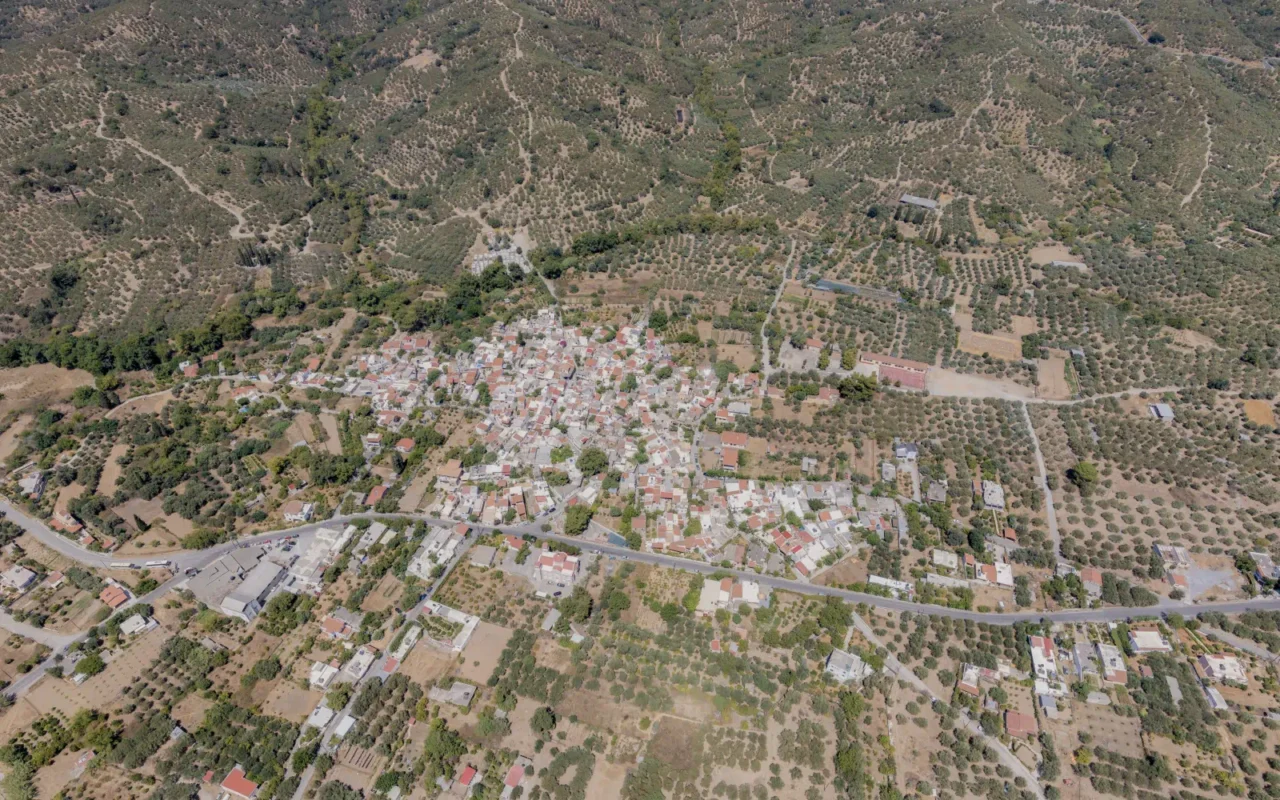
Avdou is a village located in the municipality of Hersonissos, on the island of Crete, Greece. It is situated in a semi-mountainous area at the foot of Mount Selena, at an altitude of 230 meters. The village is approximately 38 kilometers east of Heraklion and 15 kilometers from the town of Hersonissos, on the provincial road leading to the Lasithi Plateau.
Village Life
Avdou is characterized as a rural mountain settlement. Its inhabitants are primarily engaged in agriculture and animal husbandry. The village produces high-quality olive oil, wine, and vegetables. Despite its small size, Avdou comes alive during the summer months with a plethora of cultural events organized by its active cultural association. The village’s rich traditions are kept alive through the revival of old customs, offering visitors a unique glimpse into Cretan culture.
History
Avdou has a long history dating back to the Minoan civilization, evidenced by numerous archaeological findings from that era. The French professor and renowned Cretan scholar, Paul Faure, suggested that one of the hundred major cities of Crete (referred to as “hecatompolis” by Homer) was located in the wider Avdou region. The presence of the Subminoan settlement of Spiliaridia, the two sacred caves of Agia Fotini and Faneromeni, and the foundations of early Christian churches and buildings in various parts of the area, all point to continuous economic and cultural prosperity in the region since ancient times.
The earliest recorded reference to the name “Avdou” is found in a Venetian document from 1381, where the area is mentioned as a feudal estate belonging to Michel Quirino. The village appears in various historical records under different names throughout the years, including “Avdhu Apano” and “Avdu Cato” in 1577, “Avdhu” with 253 inhabitants in 1583, and “Avdu” with 37 hearths in the Turkish census of 1671.
Landmarks
Avdou boasts several notable historical monuments of Byzantine art. Byzantine and post-Byzantine churches are scattered throughout the area, representing invaluable monuments of cultural and artistic heritage.
- The vaulted church of Agios Konstantinos, built in 1445 according to a historical inscription, features interesting frescoes with vibrant colors.
- The church of Panagia Pantanasssa, a vaulted church dating back to 1600, is nestled in the greenery on the slope of a lush hill, a short distance northwest of the village. The church is distinguished by its lintel and an exquisite iconostasis in the sanctuary’s conch, as well as the lintel of the entrance, made of dark marble with reliefs depicting the busts of Christ between the Virgin Mary and John the Baptist.
- Other churches include Agios Antonios with 13th-century frescoes and Agios Georgios with 14th-15th century frescoes.
- The semi-cave-like church of Agia Anna, located in an idyllic landscape at an altitude of 700 meters near the cave of Agia Fotini, and Panagia Kera Panagia (Zoodochos Pigi), a church known for its role in major revolutions where chieftains secretly gathered and swore allegiance to the sacred struggle.
- The caves of Agia Fotini and Faneromeni are situated south of Avdou, on the slopes of the “Louloudiaki” hill. The latter cave yielded findings from the Late Minoan, Hellenistic, and Roman periods, indicating its use as a place of worship.
A distinctive feature of the village is the traditional-style wooden signs and inscriptions found on almost all the buildings. These signs, a unique and interesting idea, narrate the history of the village, informing visitors about the shops or other establishments that once existed there, their owners, and their nicknames.
Notable Figures
Avdou is known as the birthplace of the renowned archaeologist Stefanos Xanthoudides (1864-1928), who, in addition to his archaeological work, left behind a significant popularized edition of “Erotokritos,” as well as editions of “Fortunatos” and “Erophile.” The village also produced Nikolaos Kagiambis, a figure in the Greek War of Independence who fought in Messolonghi and served as Karaiskakis’ standard-bearer, and Ioannis Dafotes, who distinguished himself in the Cretan Revolt of 1897 and the Macedonian Struggle. Due to its association with these historical figures, Avdou has earned the nickname “Kapetanochori” (Captain’s Village).
Village Key Points
- Historical References: Earliest record in 1381, mentioned in various historical documents under different names.
- Location: Municipality of Hersonissos, Crete, Greece. Semi-mountainous area at the foot of Mount Selena.
- Historical Significance: Evidence of Minoan civilization, Byzantine and post-Byzantine churches, birthplace of notable figures.
- Population data over the years: See table above.
- Current Status: Rural mountain settlement, inhabitants engaged in agriculture and animal husbandry.
Access
Avdou is 16.0 kilometers away from the town Neapoli and 3.7 kilometers away from Mochos













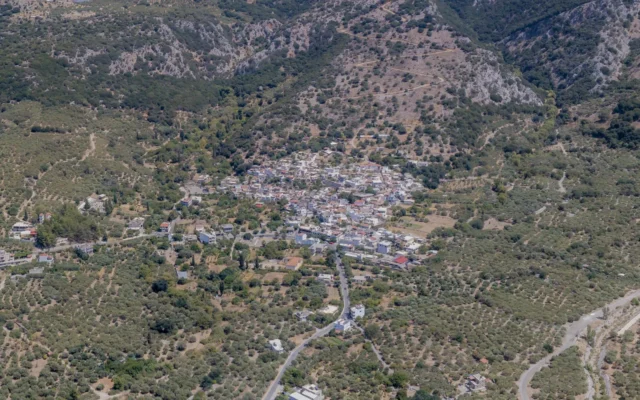

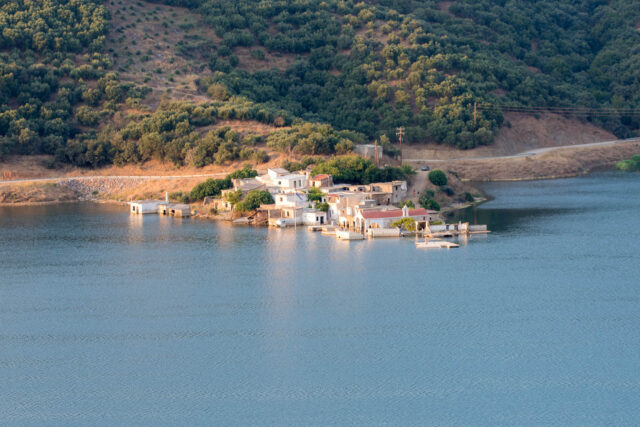

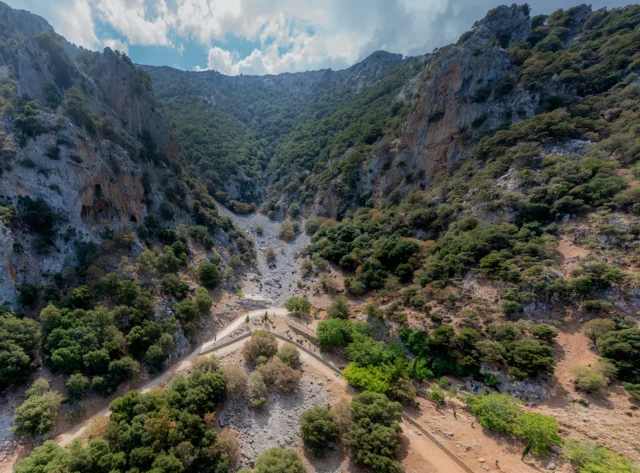
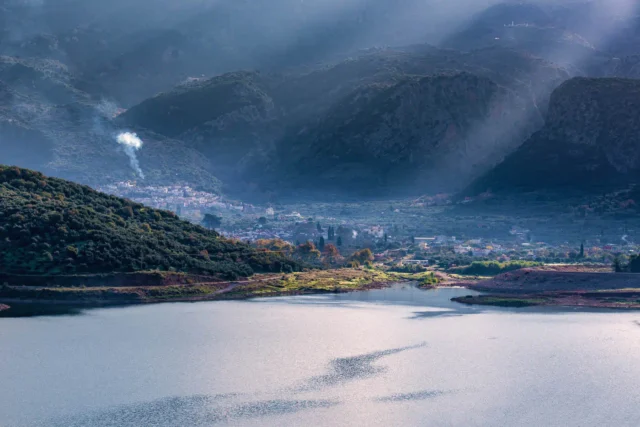




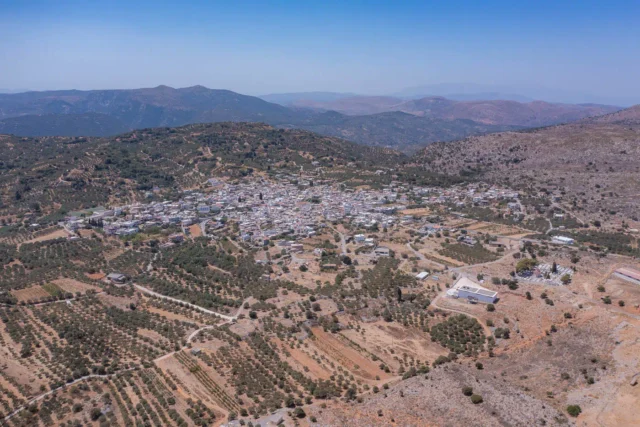

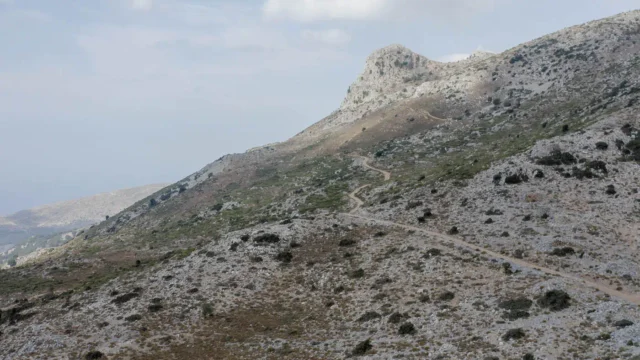
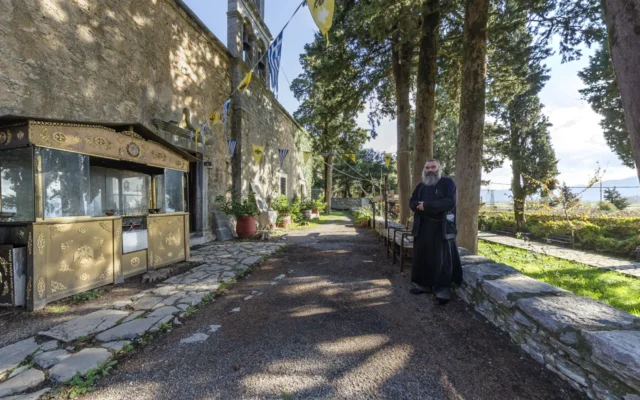

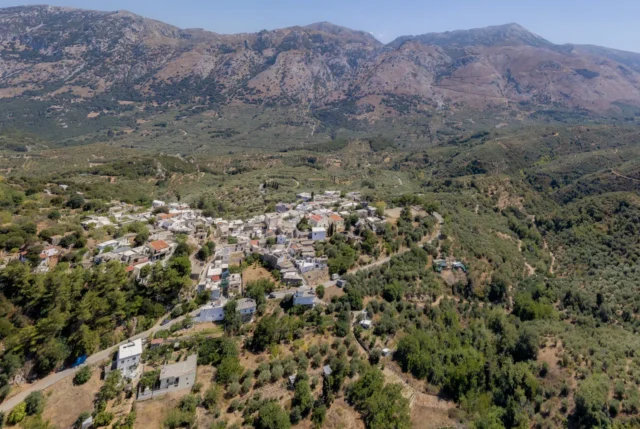
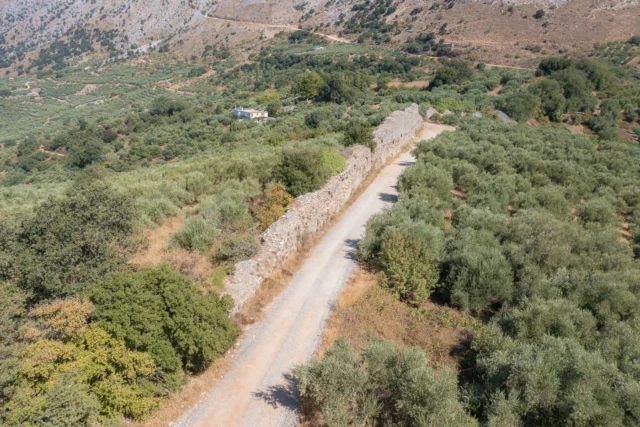
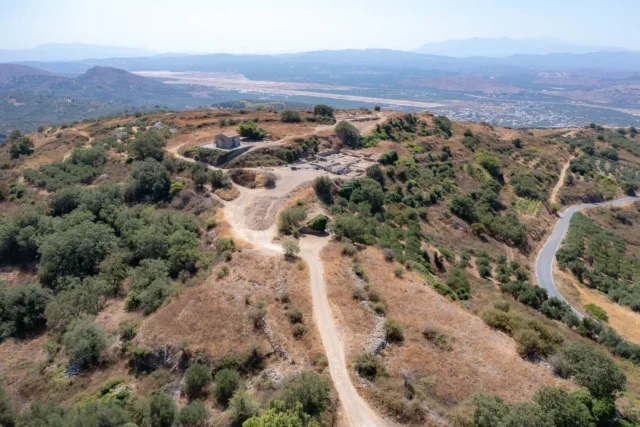


There are no comments yet.